If you’re like most gardeners, you have probably dealt with black spots on roses at some point. This frustrating disease can cause leaves to turn yellow and drop off, resulting in a loss of blooms. But don’t worry – there is a solution! In this blog post, we will discuss how to fix black spot on roses using vinegar.
What is Black Spot Disease?
Black spot is a fungal disease that affects roses and other plants in the Rosaceae family. The fungus, Diplocarpon rosae, produces black spots on the leaves of affected plants. These spots eventually turn yellow and cause the leaves to drop off. Black spot thrives in warm, humid conditions and is most active during the summer months.
Symptoms of Black Spot Disease on Roses
The most obvious symptom of black spot disease is the presence of black spots on the leaves. These spots are usually round or oval in shape and measure about ½ inch in diameter. They may be surrounded by a yellow halo. As the disease progresses, the spots will enlarge and the leaves may turn yellow and drop off.
The stems of affected plants may also show scabby, black lesions. All of these symptoms spread quickly, so it’s important to take action as soon as you notice any of them.
Treating Black Spot on Roses with Vinegar
There are a few different ways to treat black spot disease on roses. One of the most effective methods is to use vinegar. Vinegar is a natural fungicide and will help to kill the fungus that is causing the black spots.
How to Make the Vinegar Solution
- First, put one tablespoon of both baking soda and vinegar into a bucket
- Pour one gallon of cold water into the bucket
- Stir the mix well, and then pour it into your spray bottle. Be careful with shaking the mix as it can cause quite a mess
- Allow the mix to rest for about 15 minutes
How the Vinegar Solution Works
Vinegar is an acid, and when diluted, it can be an effective way to control fungal growth. You see, vinegar is a natural fungicide, and it will help to kill the fungus that is causing the black spots. The baking soda acts as a surfactant, which helps the vinegar solution stick to the leaves better.
Studies have shown that vinegar can be effective against various types of fungi, including powdery mildew, black spot, and rust. This means you don’t have to spend a lot of money on expensive chemicals, and you can rest assured knowing that the vinegar solution is safe for both you and your plants.
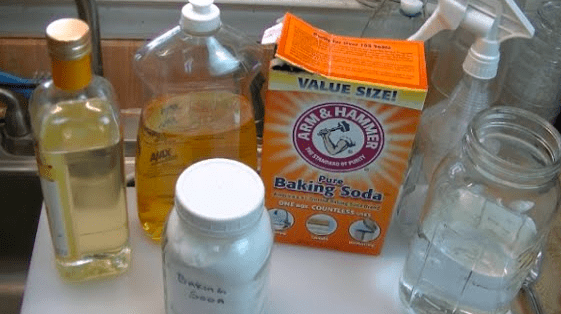
Applying the Vinegar Solution
Once you have mixed up the solution, it’s time to apply it to your roses. For best results, treat your plants every seven to ten days throughout the growing season. Be sure to spray the solution on both the tops and bottoms of the leaves. You can also apply it to the stems, but be careful not to get any on the flowers.
If you are dealing with a severe case of black spot, you may need to increase the frequency of treatments. You can do this by applying the solution every three to five days. Add additional treatments as needed until the disease is under control.
Other Ways to Get Rid of Black Spots on Roses
There are a few other ways to get rid of black spots on roses. Let’s look at my favorites:
1. Neem Oil
Neem oil is a natural fungicide that can be effective against black spot. You can find it at your local garden center or online. This is an organic product that is made from the seeds of the neem tree.
Neem oil has been used for centuries in India for its medicinal properties. It’s also a great pesticide, so it can be used to control pests on your plants.
To use neem oil, mix it with water according to the manufacturer’s instructions. Then, apply it to your roses using a spray bottle. Spray generously on all areas of the plant so that all fungal spores are killed.
2. Milk and Water
You can also make a homemade fungicide using milk and water. For this solution, you will need to mix one part milk with two parts water. Then, apply it to your roses using a spray bottle.
Milk contains lactoferrin, which is an antimicrobial protein that has antifungal properties. You can read about antifungal functions of lactoferrin here. This means it can help to kill the fungus that is causing black spots on your roses. Plus, you can simply raid your fridge and make this solution with ingredients that you probably already have on hand.
3. Baking Soda and Water
Baking soda is another ingredient that can be used to make a homemade treatment. You see, baking soda is fungistatic, which means it prevents the growth of fungi. This can help to prevent black spot from spreading and developing in the first place.
To use baking soda, mix one tablespoon with one gallon of water. Then, apply it to your roses using a spray bottle. Be sure to coat all areas of the plant, including the undersides of the leaves.
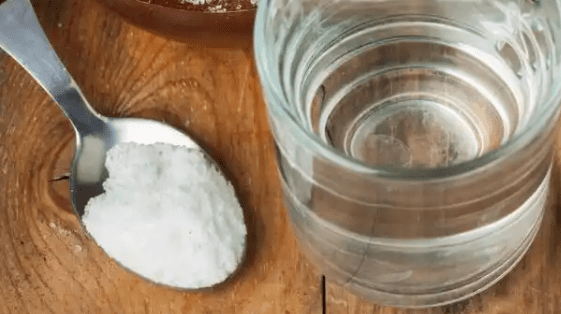
How to Prevent Black Spots on Roses?
Prevention is better than the cure, so it’s important to take steps to prevent black spot from developing in the first place. Here are a few tips:
1. Control Watering
Fungus thrives in moist conditions, so it’s important to control how much you water your roses and the manner in which you water them.
Water early in the day so that the leaves have time to dry before nightfall. This will help to prevent the fungus from taking hold. Avoid wetting the foliage when you water as this can spread the spores and cause the disease to spread. Instead, add water to the base of the plant.
Overwatering can lead to other problems, such as root rot. You can tell if your plants need water by checking the soil or using a moisture meter. If it’s dry, then it’s time to give them a drink.
2. Use a Preventive Treatment
You can also use a preventive treatment, such as neem oil, baking soda, or milk and water. While these are good solutions for treating black spot, they can be used as preventive treatments as well.
As soon as any fungal spores land on your roses, they will start to grow. But, if you treat your plants regularly, you can prevent the spores from taking hold and causing black spot.
Be sure to apply them early in the season before the disease has a chance to take hold. Apply them every seven to ten days throughout the growing season.
You can also use a fungicide that is specifically designed to prevent black spot. These products usually contain sulfur or copper, which are effective against fungi. Be sure to follow the manufacturer’s instructions when using these products.
3. Monitor Humidity Levels
Fungus loves moist conditions, so it’s important to monitor humidity levels around your roses. If the air is too humid, black spot and other diseases can take hold.
You can monitor humidity levels using a hygrometer. This will tell you how much moisture is in the air. If it’s too high, then take steps to lower it.
You can do this by ventilating your greenhouse or using a dehumidifier. Just be sure not to let the air get too dry as this can also lead to problems. Roses like humidity levels of around 40-60%.
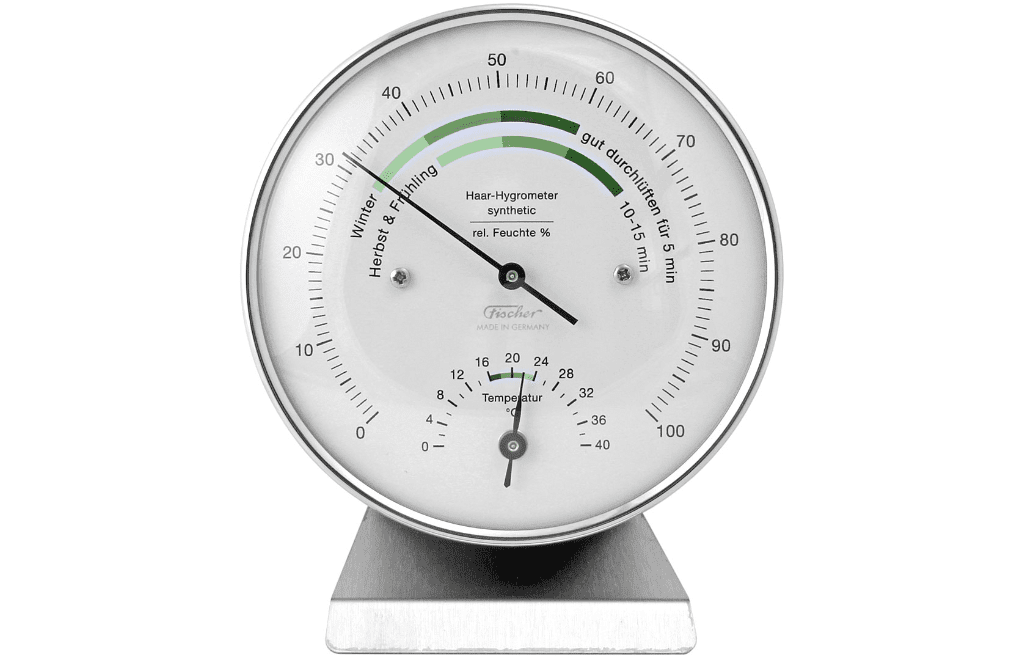
4. Space Plants Properly
When planting roses, be sure to space them properly. If they are too close together, then air cannot circulate between them and this can lead to fungal problems. It also means diseases can spread easily from one plant to another.
So, be sure to space your roses properly when planting them. They should be spaced at least 18-24 inches apart. You should also prune your plants regularly to promote good air circulation.
5. Keep the Garden Clean
A clean garden is a healthy garden. So, it’s important to remove any dead leaves or debris from around your plants. This will help to prevent problems such as black spot from developing.
You should also remove any infected leaves as soon as you see them. Be sure to dispose of them carefully so that you don’t spread the disease.
It’s also a good idea to disinfect your gardening tools regularly. This will help to prevent the spread of diseases from one plant to another. You can do this by soaking them in a solution of bleach and water for ten minutes.
By following these tips, you can help to prevent black spot from developing in your garden. But, if you do find that your plants are affected, then there are a few things you can do to treat the problem.
Conclusion
In conclusion, black spot is a common problem for gardeners. It spreads quickly and can be difficult to control. But, vinegar can be used as an effective treatment to kill the fungus and stop it from spreading.
You should prevent it from happening in the first place by monitoring humidity levels, spacing plants properly, and keeping the garden clean. If you do find that your plants are affected, then remove any infected leaves and treat them with vinegar.
So, don’t let black spot ruin your rose garden. With a little bit of care and attention, you can keep your roses healthy and disease-free. Thanks for reading! I hope this has been helpful.
Tim is an avid gardener from the UK. He was the founder of PlantCarer.com from 2021 to Sep 2023. He sold PlantCarer.com to Aaron. He has since started his own business called Seed To Supper, which provides new gardeners all the materials you need in a box (pots, seeds, compost and instructions) to grow your own delicious and nutritious vegetables and herbs from start to finish – no garden required.




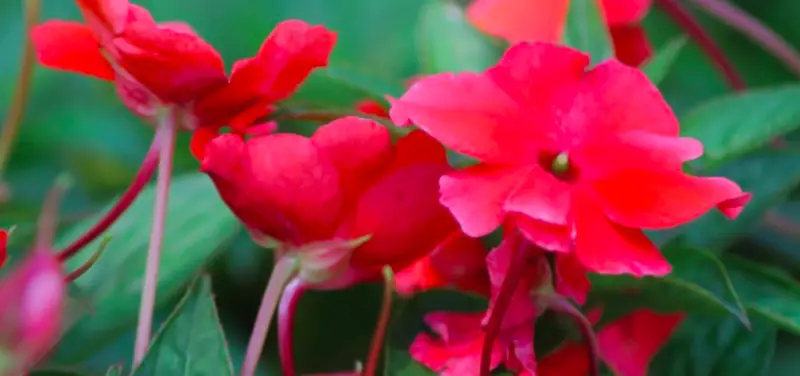
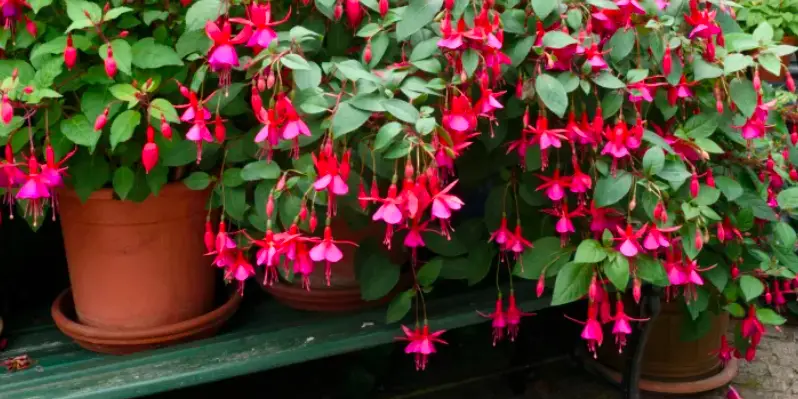
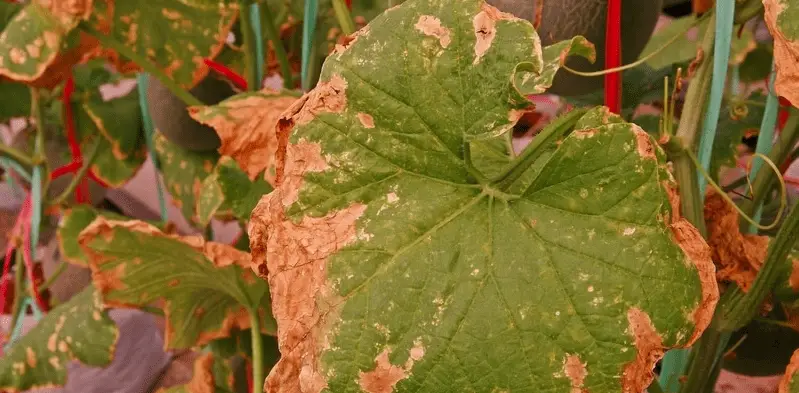
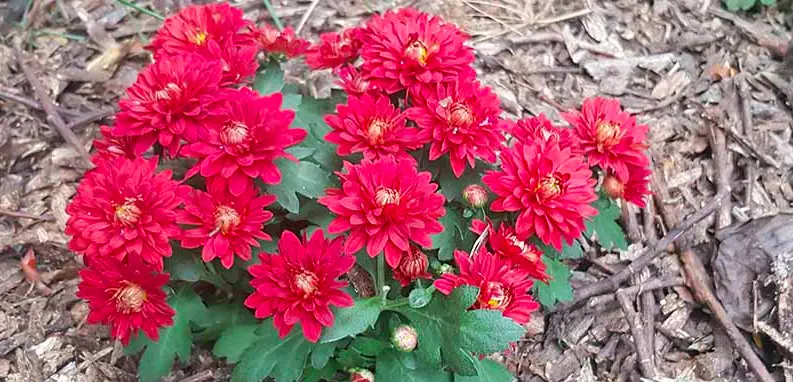
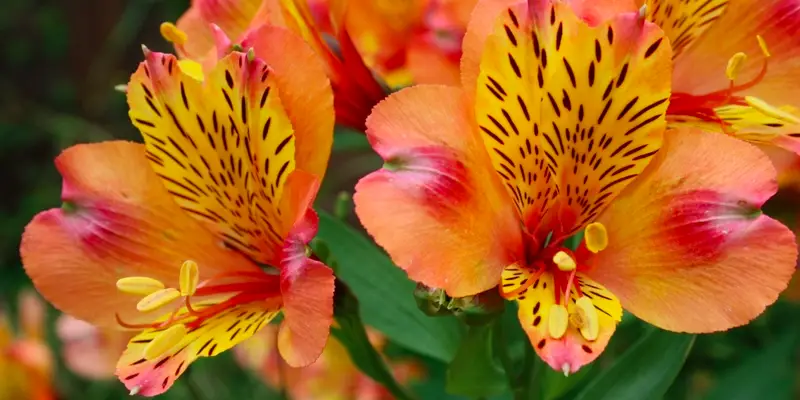
0 Comments